One of the toughest parts about being both an artist and a business owner is knowing when to let go of something you've created. Here's the hard truth: not every product will sell forever. Some won't sell at all, and that's perfectly okay. It just means your business is evolving.
Here’s my personal strategy for knowing when it's time to say goodbye (and how you can do it too):
💡Scroll down to get our Keep It Or Cut It Product Review Worksheet!
1. Check Against Category Averages 📈
Compare each product’s performance to similar items:
-
Best-sellers in that category
-
Your overall average sales
-
Items that have barely moved
If a product is consistently selling far below average, it's a red flag. 🚩
Data Check: Shopify reports that products not sold in 6–12 months can significantly impact your profitability through inventory bloat.
2. Value Your Space & Costs 🧹
You might love a product personally, but you need to ask:
-
Is it worth the space in your booth?
-
Does it justify its packaging and storage costs?
-
Is it worth restocking?
Remember, you’re selling to customers, not to yourself. It's okay to hold onto a few items that spark joy, but recognize clearly why you’re doing it. 💖
3. Let Craft Show Data Guide You 🛍️
Craft show sales data helps me quickly decide what's worth keeping, especially for wholesale:
-
Items that don’t move at shows rarely succeed wholesale.
-
My mini stickers don’t sell in person, but they’re huge online—so I keep them, but limit their presence.
Use your data to make smart decisions, not guesses. 💡
4. Repurpose Slow Sellers as Mystery Packs 🎲
Slow-moving stock doesn’t need to go to waste:
-
Create mystery packs
-
Label them as limited editions
-
Use them as promotional freebies or discounted B-grades
Turning leftovers into a new exciting offer can clear inventory and delight customers. 🌟
5. Start Small, Test First 🧪
Don’t repeat my mistake of ordering 1,600 custom pasties without testing. Always:
-
Order a small quantity first
-
Use pre-orders or bundles if high MOQs are required
-
Measure demand before committing
Testing reduces risk and prevents costly mistakes. 🛑
6. Consider Rebranding Before Retiring ♻️
If a product isn't connecting, sometimes all it needs is a refresh:
-
Improve packaging (clear bags transformed my sticker mystery packs)
-
Retake product photos
-
Revise product names and descriptions
Sometimes the issue isn't the product, it’s the presentation. 🌈📸
7. If It Doesn’t Bring Joy, Cut It ❤️🔥
Forget the data for a moment: if a product drains your creative energy, it's time to let it go. You won’t market or restock something you dread, and you deserve products that excite you and your customers.
Make space for new ideas that ignite your passion! 🔥
Need Help Deciding? 📋
Download our free "Cut It or Keep It" Product Review Worksheet to help:
-
Evaluate sales performance across platforms
-
Balance creative love vs. commercial value
-
Manage your space (and money!) wisely
TL;DR: 🗒️✨ You're not failing if something doesn't sell, you're succeeding as a smart, adaptable business owner by knowing when it's time to move forward.

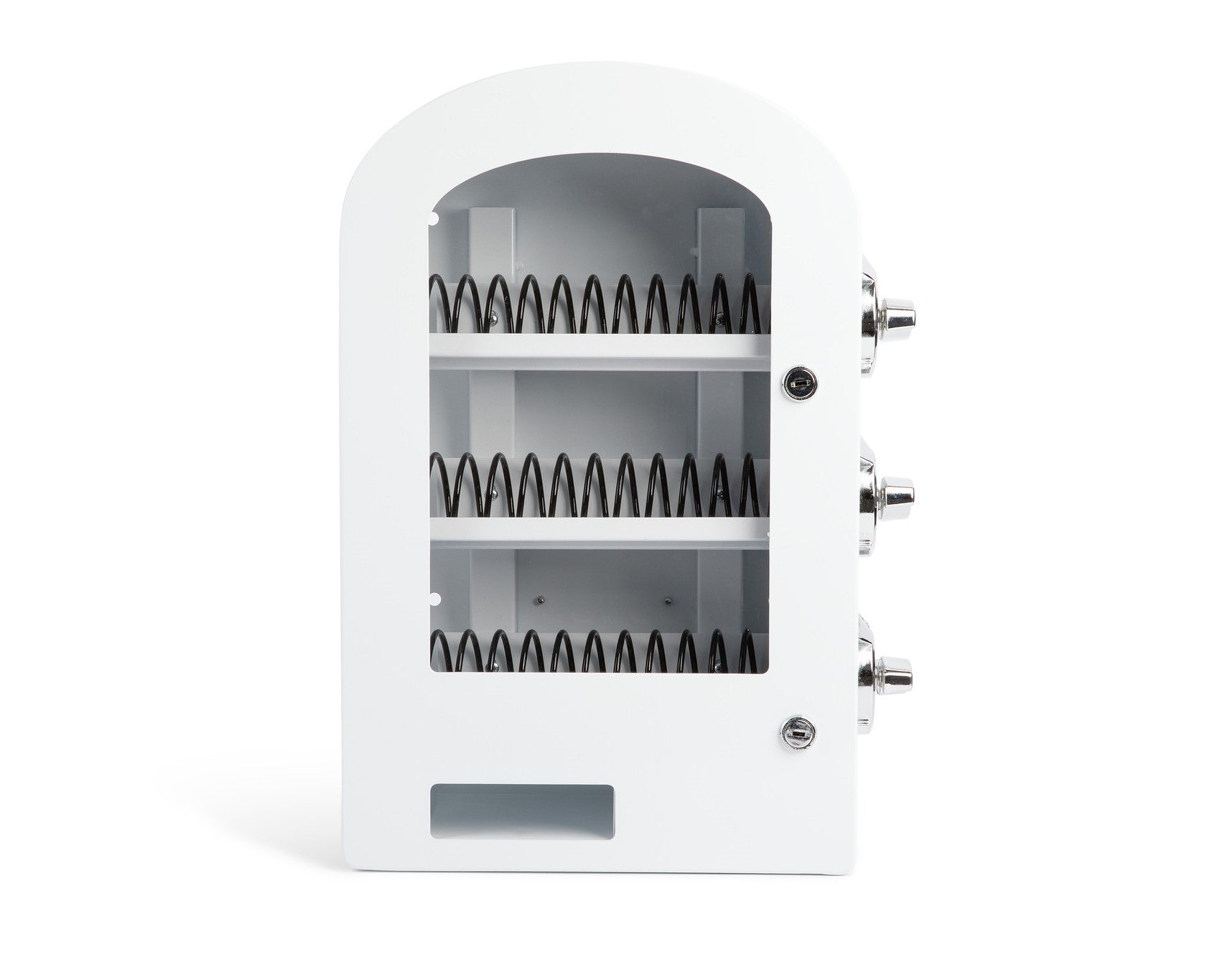
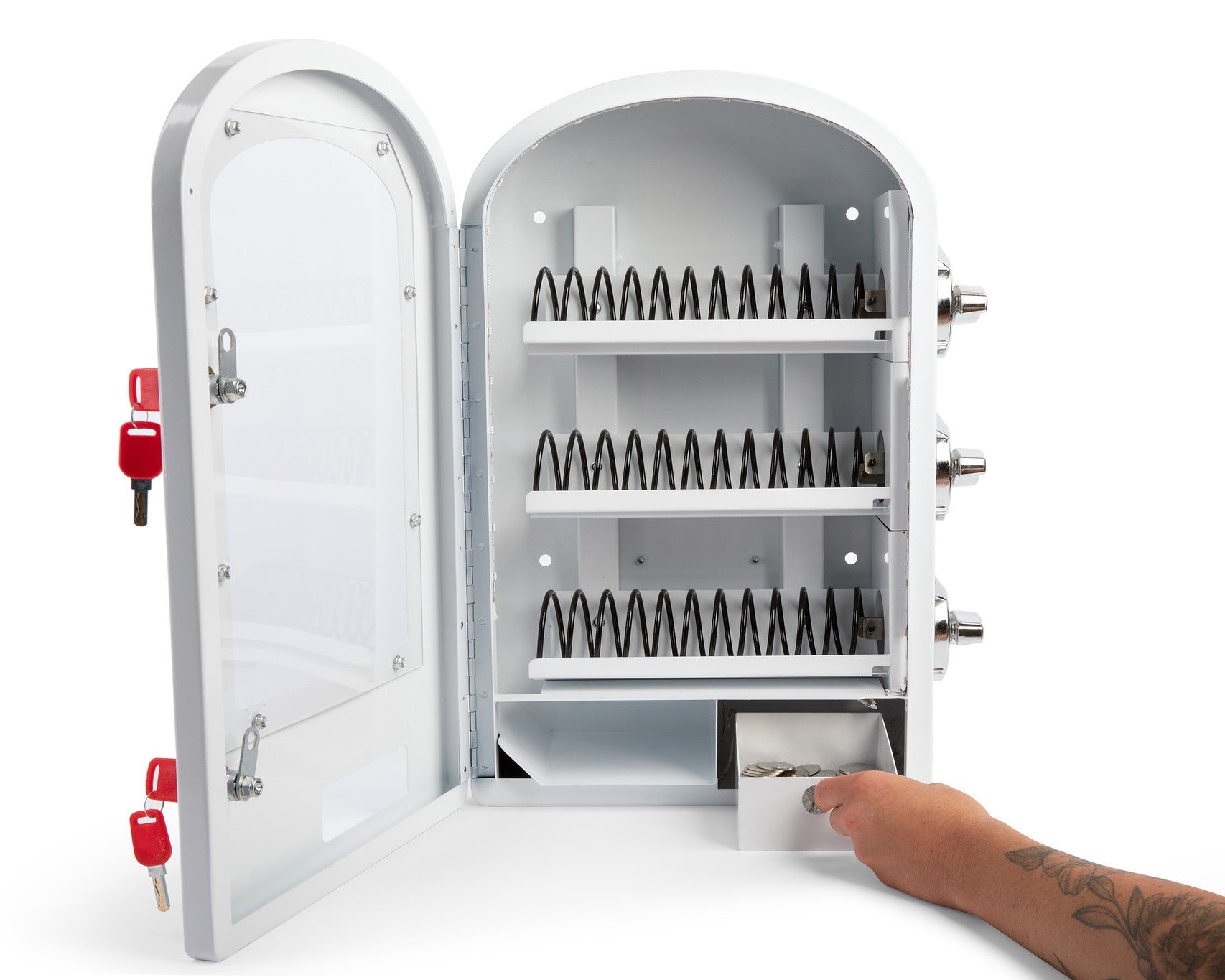
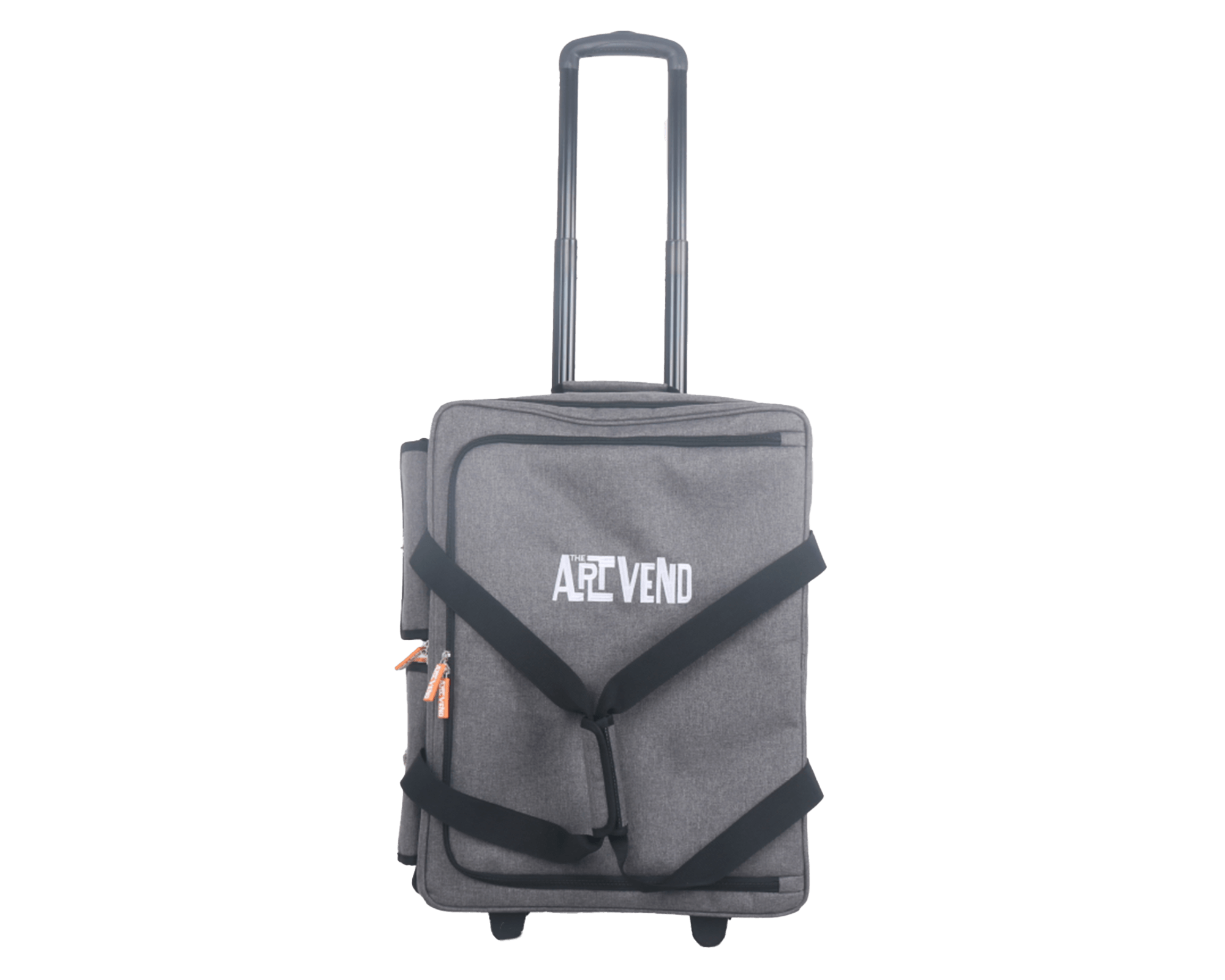
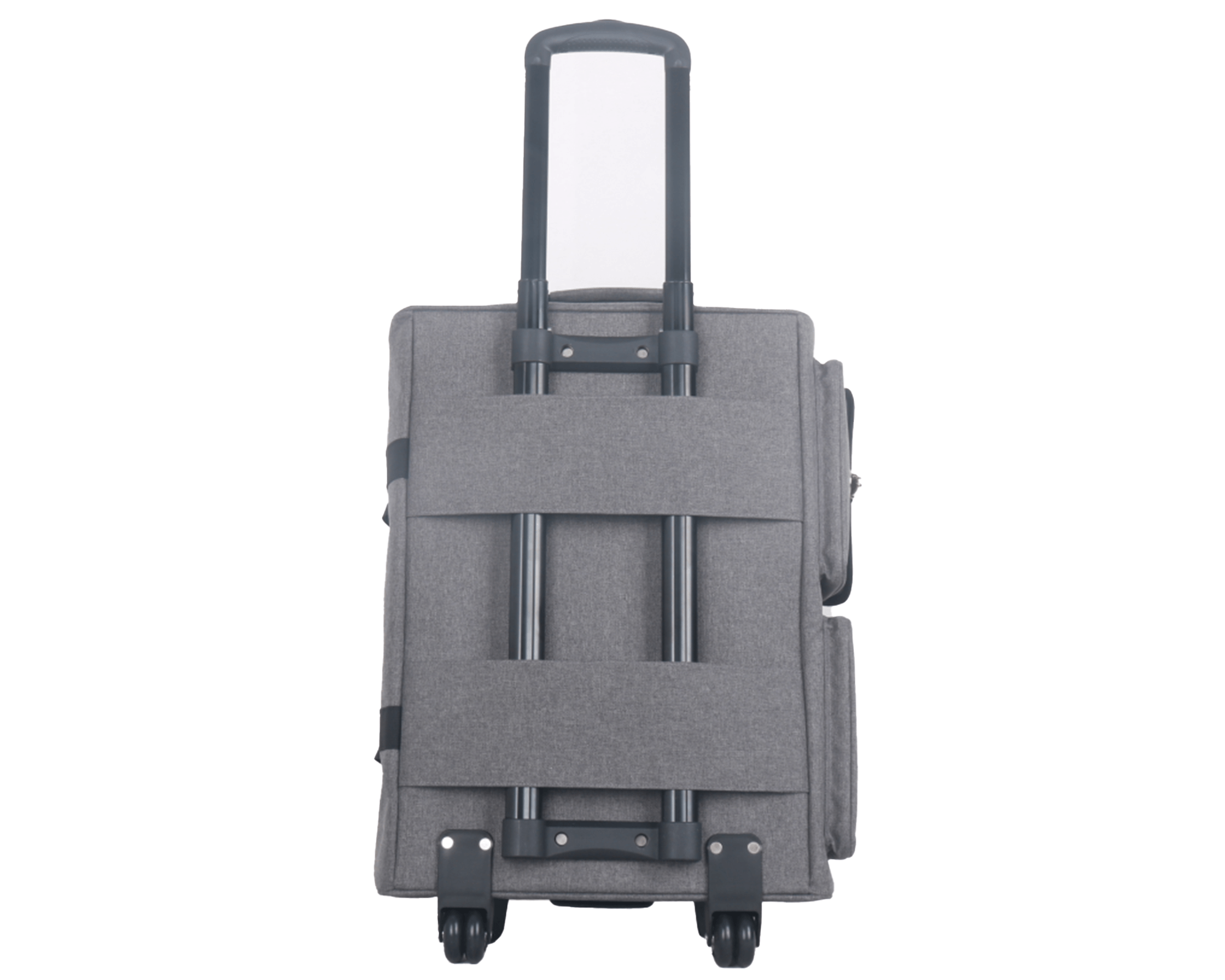
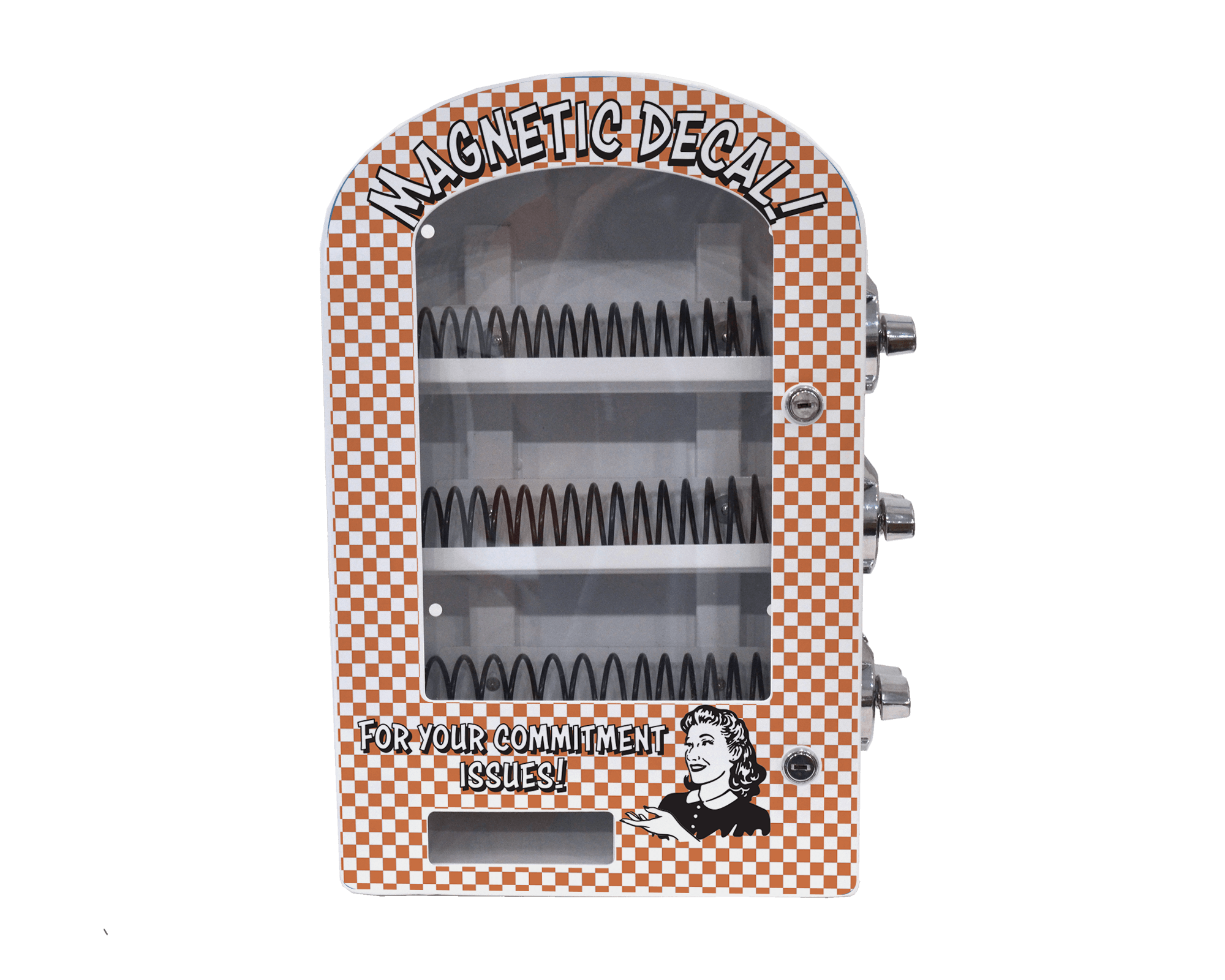
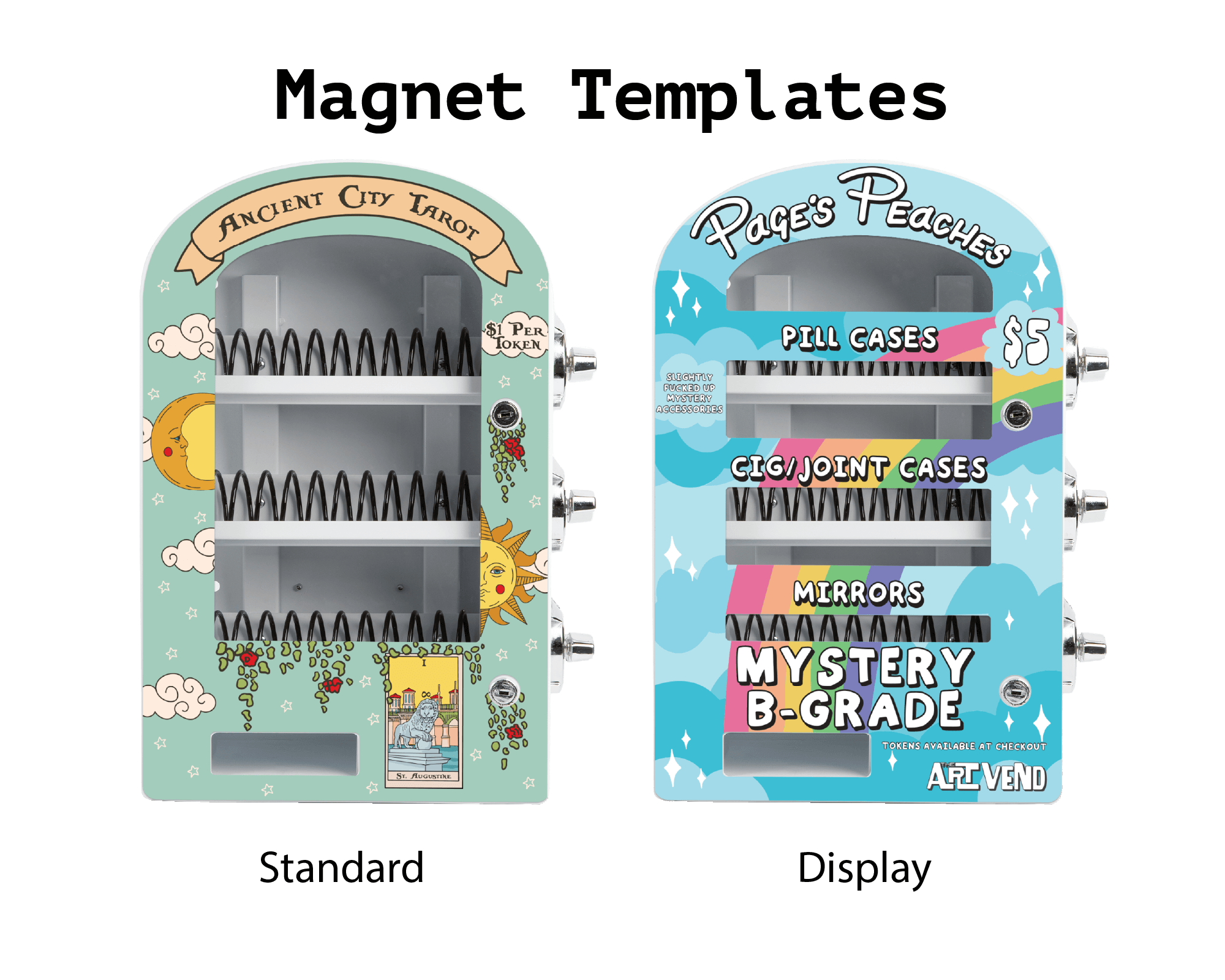
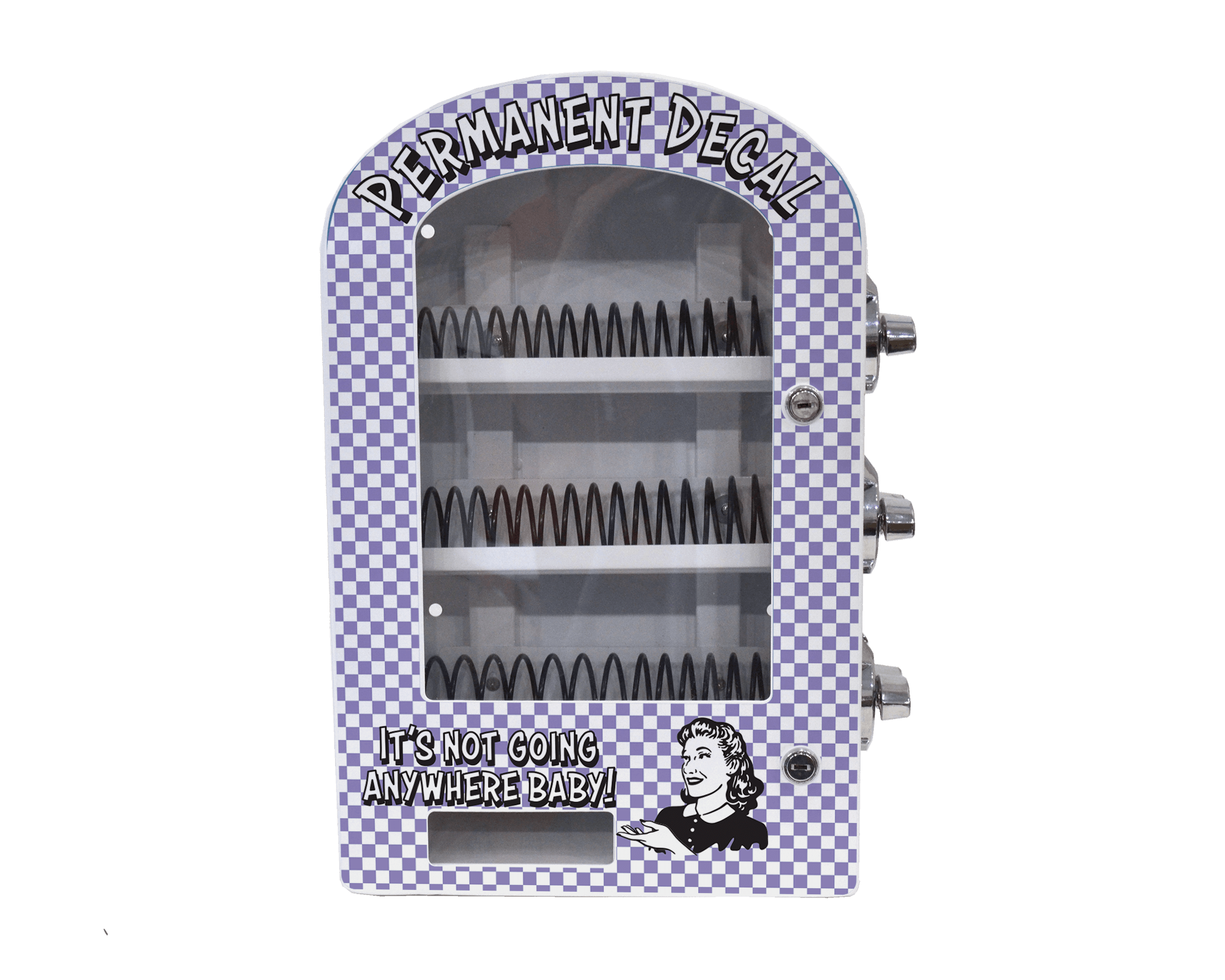

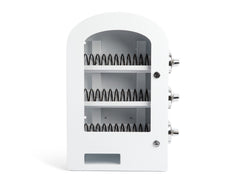

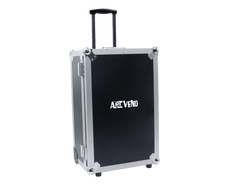
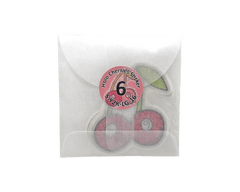
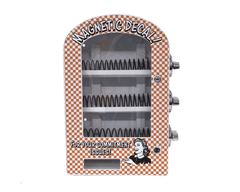
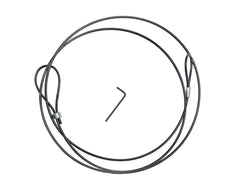
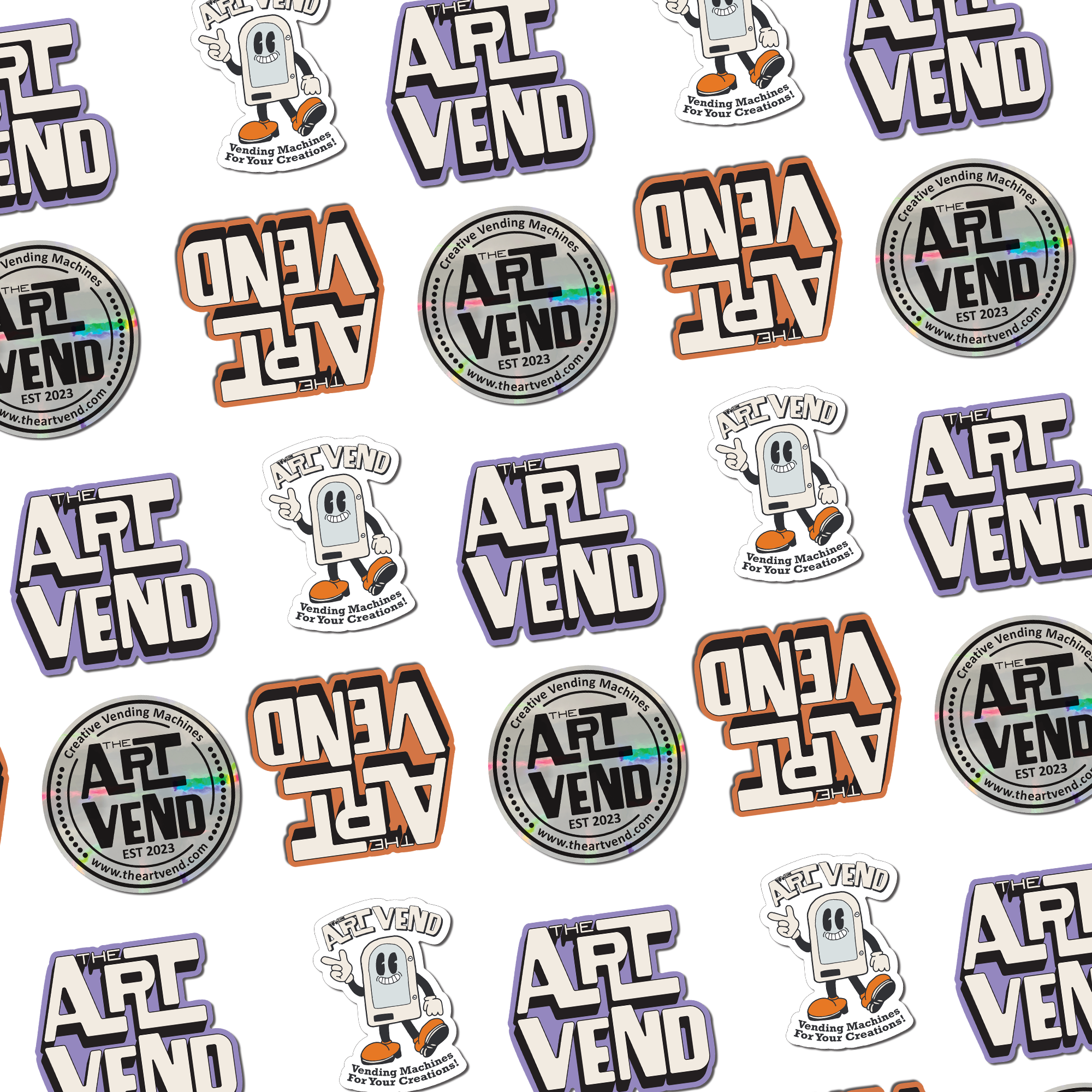
Leave a comment